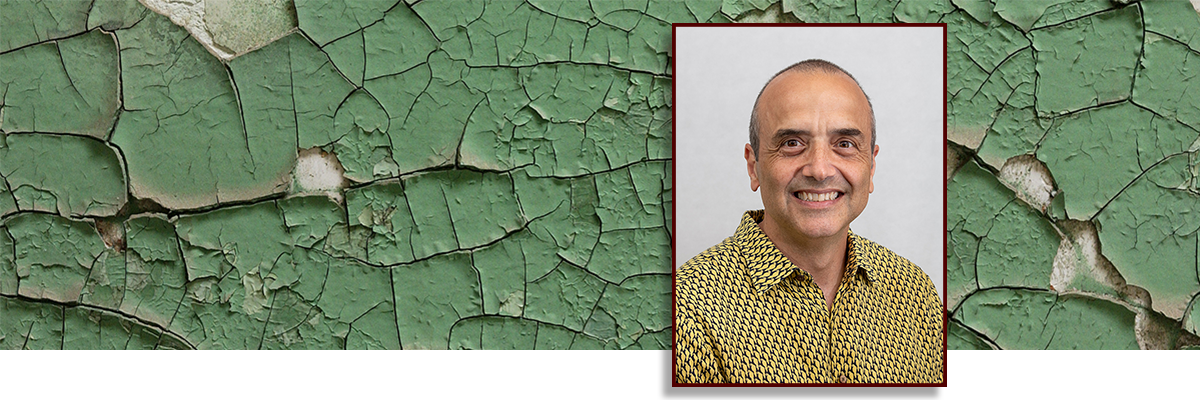Texas A&M Geochemist Deduces Sources Of Lead Poisoning In Children
Dr. Franco Marcantonio has successfully used isotope geochemistry to help identify sources of lead poisoning in children with high blood lead levels
Nov 15, 2021

Counties across the country have health departments that measure blood lead levels in children. Once children with high blood lead levels are identified, environmental hygienists are deployed to the child’s home to inform the family of potential sources of lead contamination and exposure in the home environment.
By teaming up with medical and other scientific experts, Texas A&M radiogenic isotope geochemist Dr. Franco Marcantonio, and graduate student, Felipe Becker, were able to determine the potential sources of lead in the blood of several children who participated in their study based in Kansas City, Missouri. The team had as its goal the development of a new methodology that can ultimately be used by communities to protect its children from lead exposure.
“Measuring the lead isotope ratios in the blood of children with high blood lead levels, and comparing these ratios with the lead isotope ratios of potential culprits of contamination in the child’s home, can lead to significant remediation efforts,” Marcantonio explained.
A professor in the Department of Geology and Geophysics, Marcantonio has spent most of his career as a climate scientist, but through the Texas A&M Triads for Transformation (T3) Program he has used his expertise in isotope geochemistry to help families in Kansas City, Missouri, identify potential sources of lead that has been poisoning their children. This research was a collaboration between Dr. Saugata Datta of the University of Texas San Antonio, and medical doctors and environmental specialists from Children’s Mercy Hospital in Kansas City, Missouri.
“The health risks associated with excessive lead levels in infants and children include delays in physical and mental development, attention deficits and learning disabilities,” stated Marcantonio. “We felt it would be especially useful, for remediation purposes, if we could identify the source of the contamination using lead isotope ratio fingerprints.”
To find the source of the high blood lead levels in the children who participated in the study, Marcantonio and his collaborators sampled blood samples from the infants and toddlers, and several potential sources of lead in each of the children’s homes, including: pre-1970’s paint in many of the participant’s inner-city homes, soil directly outside the home that may have been contaminated with past automobile emissions when leaded gas was prevalent, tap water sourced from pipes containing lead soldering, and spices such as turmeric that has been found to be color-enhanced through the addition of lead chromate.
This study, which led to a master’s degree for Becker, found that the primary source of lead in most of the children who participated was dust tracked into the house from nearby soil outside the home, with only a minor contribution from old paint. Interestingly, in one home, the team found that there was an exact match between lead in the child’s blood and a sample of turmeric used for cooking.
“I’m excited that we were able to get a good idea of the source of the lead in the children’s blood. This information can allow for remediation efforts which, in turn, reduce the potential for further contaminant exposure,” Marcantonio explained. He is looking forward to continuing to help communities and potentially make societal impacts by using similar collaborations between the geo- and medical sciences.
By John Sarao

